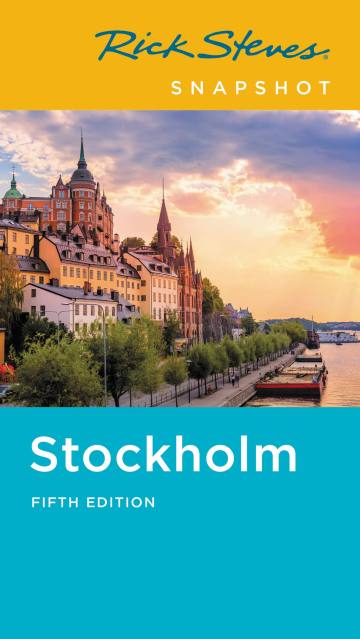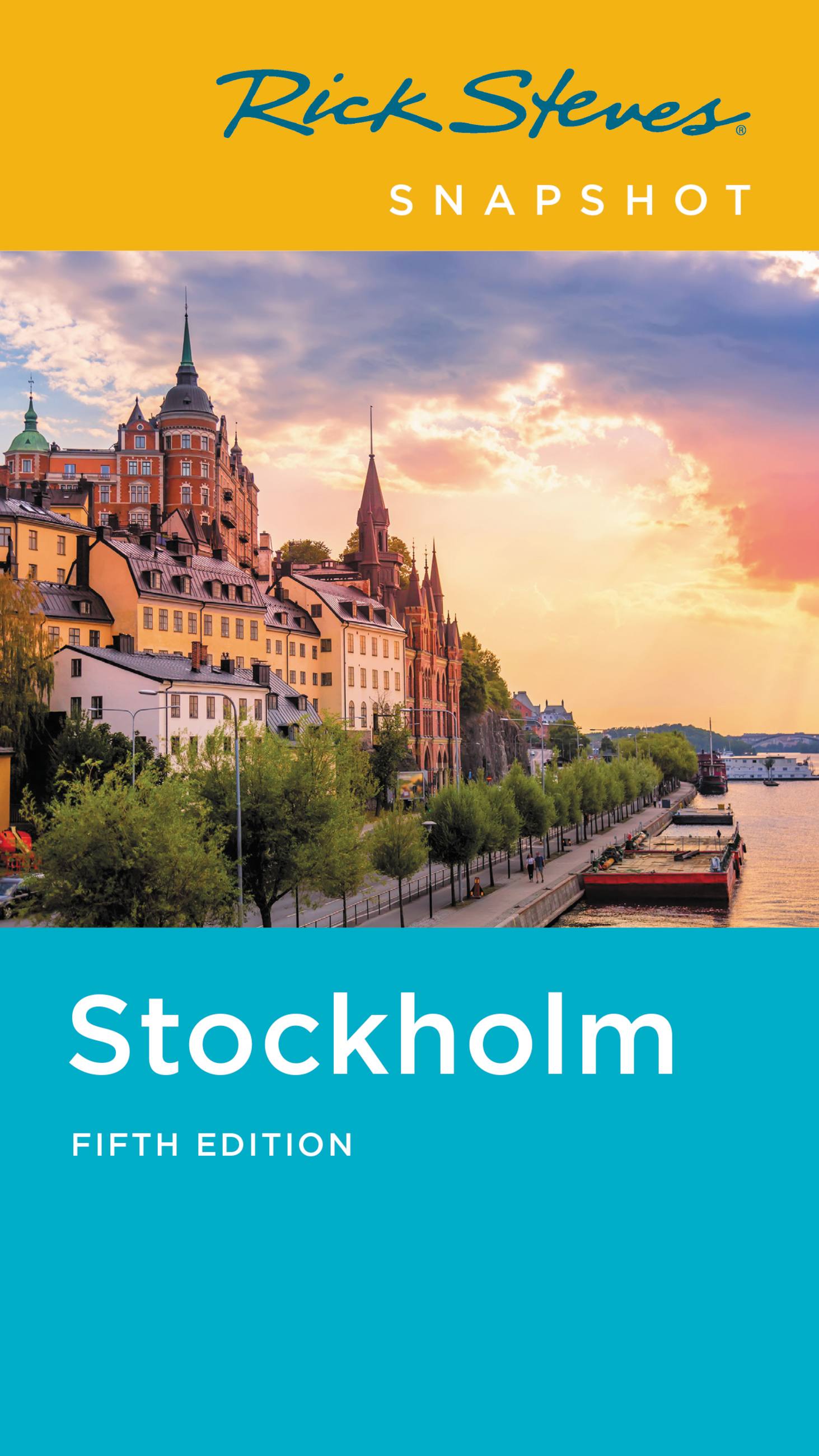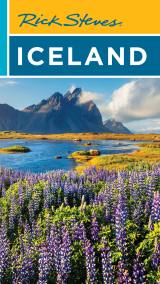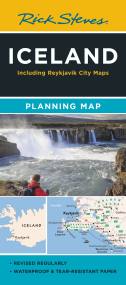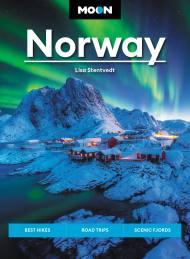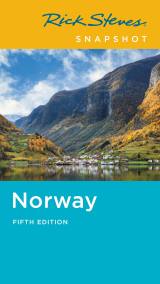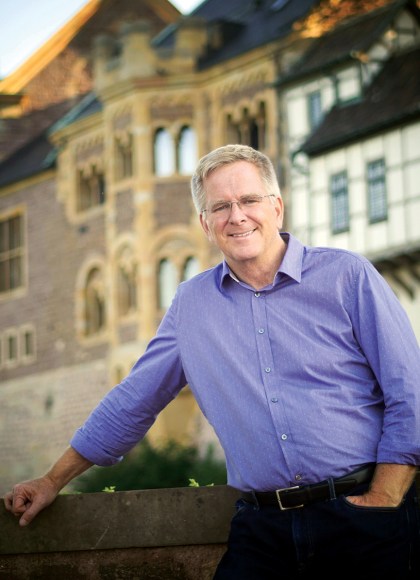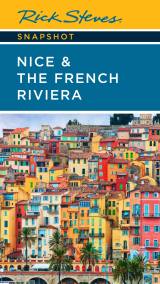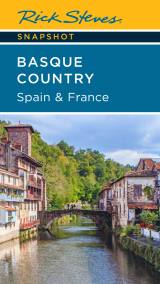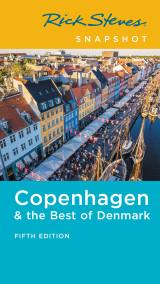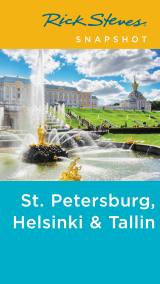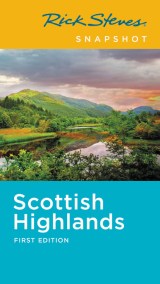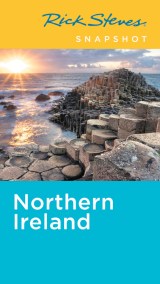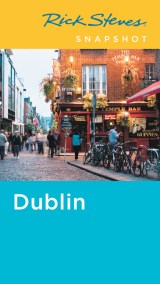Promotion
Use code MOM24 for 20% off site wide + free shipping over $45
Rick Steves Snapshot Stockholm
Contributors
By Rick Steves
Formats and Prices
Price
$11.99Price
$15.99 CADFormat
Format:
- Trade Paperback $11.99 $15.99 CAD
- ebook $9.99 $12.99 CAD
This item is a preorder. Your payment method will be charged immediately, and the product is expected to ship on or around November 23, 2021. This date is subject to change due to shipping delays beyond our control.
Also available from:
- Rick’s firsthand, up-to-date advice on Stockholm’s best sights, restaurants, hotels, and more, plus tips to beat the crowds, skip the lines, and avoid tourist traps
- Top sights and local experiences: Explore charming Old Town, atmospheric Gamla Stan, and trendy Södermalm. Sample authentic Swedish meatballs, visit the Skansen open-air folk museum, treat yourself to a Swedish massage, and take a cruise through the stunning archipelago
- Helpful maps and self-guided walking tours to keep you on track
With selective coverage and Rick’s trusted insight into the best things to do and see, Rick Steves Snapshot Stockholm is truly a tour guide in your pocket.
Genre:
- On Sale
- Nov 23, 2021
- Page Count
- 184 pages
- Publisher
- Rick Steves
- ISBN-13
- 9781641714303
Newsletter Signup
By clicking ‘Sign Up,’ I acknowledge that I have read and agree to Hachette Book Group’s Privacy Policy and Terms of Use
